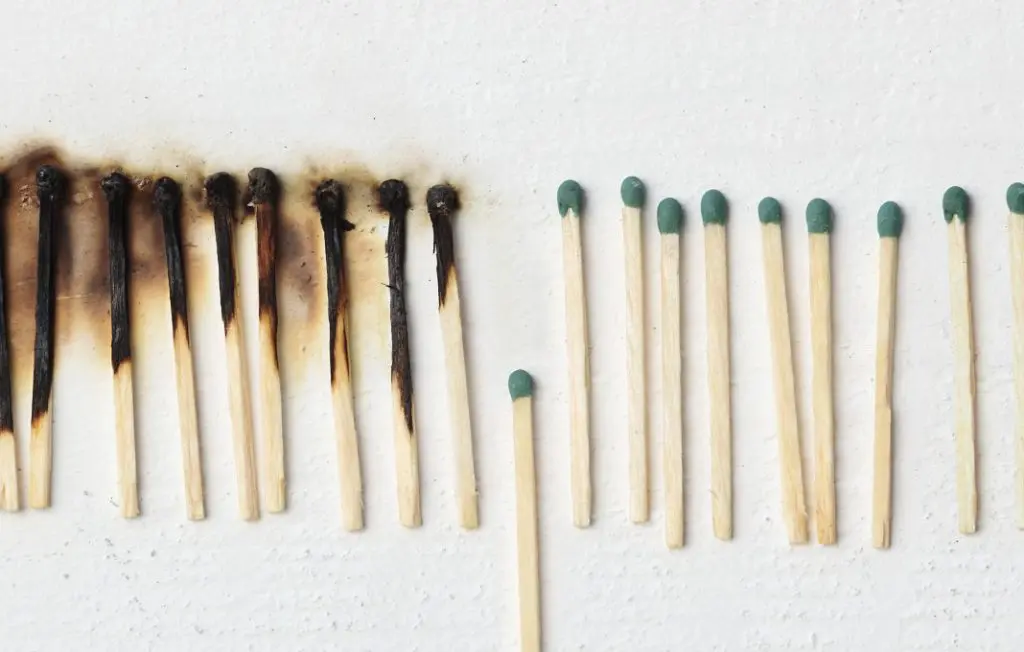Why Getting Back To Normal Can’t Be Our Only Goal
By Julian Anderson
We now know from experience that the whack-a-mole approach wastes precious resources—we need to figure out how to prevent this from happening again.

As we survey the social, business and economic casualties of the coronavirus, the architecture, engineering and construction (AEC) industries—traditionally top-heavy with creative thinkers—are working to rebound, devising innovative responses to problems that were previously unforeseen.
From reimagining public transit to shortening supply chains for critical goods to investigating alternatives to conventional construction (think pre-fabrication and on-site robotic assembly) to studying the decentralization of city-centric corporate headquarters, we’re eagerly investigating new models for resuming life and work in a protective manner.
But getting back to normal can not be our only goal. While developing a vaccine for the virus is obviously a priority, the truly pressing issue is preparing for the next pandemic—whether its nature is biological, environmental, societal or economic. In the last 20 years there have been five global epidemics: SARS, Swine Flu, MERS-CoV, ZIKA and, now, Covid-19. How do we avoid being blindsided again? As the late management consultant and business philosopher Peter Drucker noted, “A crisis that recurs a second time is a crisis that must not occur again.”
At the highest level, governments must have a proactive—not reactive—strategic plan. Because of the global structure of society, cooperation and coordination across international and domestic borders is imperative to the success of this effort. For the same reason, the plan must be adaptable to a variety of circumstances and provide a logical, flexible menu of actions. While such a plan should be constructed for long-term applications, it will also have immediate value if there is a second wave of Covid.
The possible scenarios for recovery must take into account a range of realities. Perhaps the most likely outcome is that a decrease in state and municipal projects, along with key sectors, will trigger an industry slowdown that will last a couple years, and drive down costs. Less probable, a robust resurgence in construction by the end of the year would see costs rise faster than the rate of inflation. There is also a relatively slim chance of the stock market diving (paralleled by a dip in consumer confidence) that would have a Darwinian effect on AEC firms, with many going out of business.
In other words, we continue to face uncertainty, at least in the short run. What is clear is that in order to move forward, we need to build an infrastructure not of concrete or steel, but of intelligence.
While we have learned much from the crisis, only being prepared for future calamities will help us avoid the chaos that has characterized our recent history. We now know from experience that the whack-a-mole approach—no matter how vigorous—wastes precious human resources as well as energy, money and, critically, time. To allow that crisis to recur again would be shameful as well as self-destructive.
